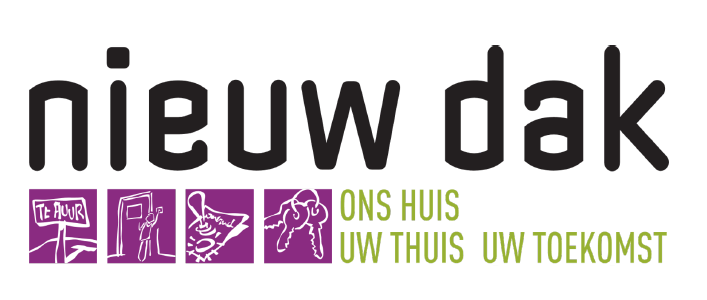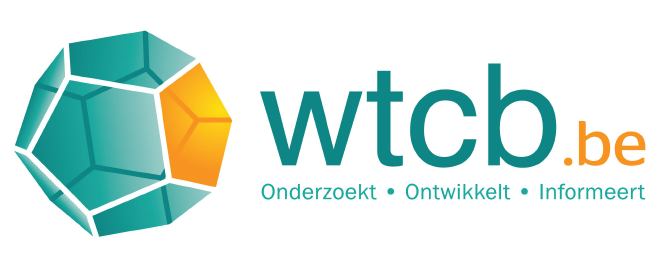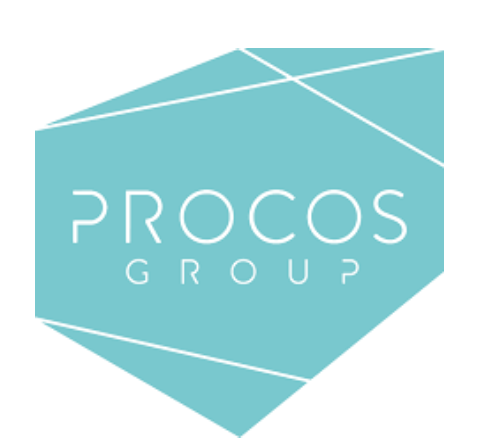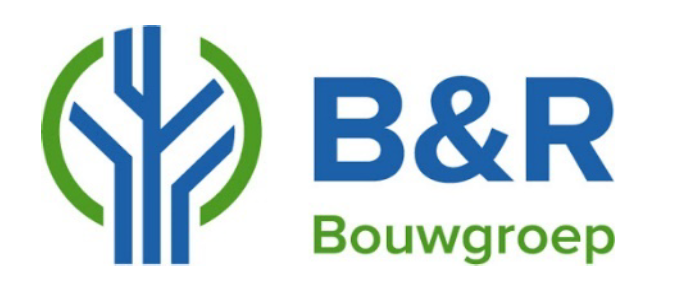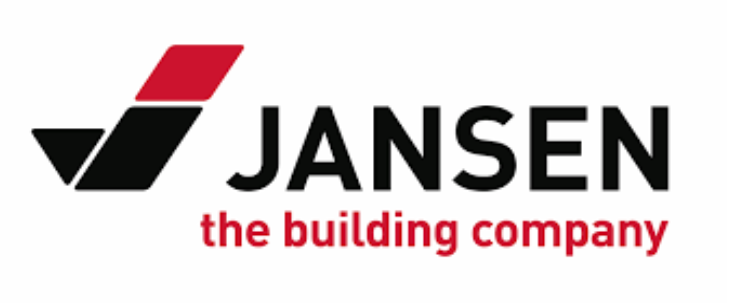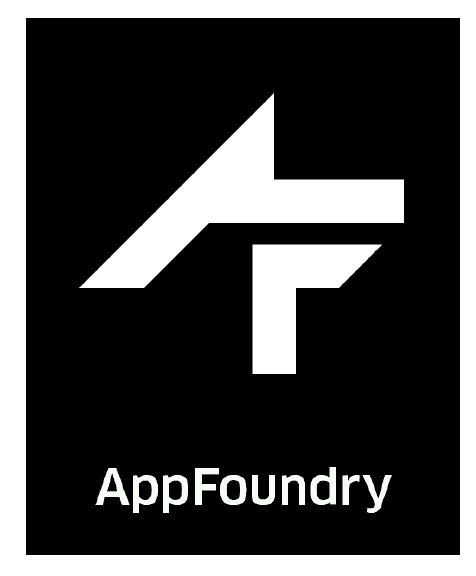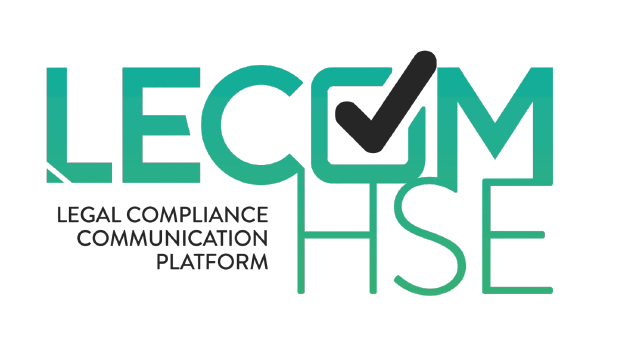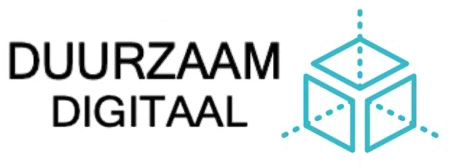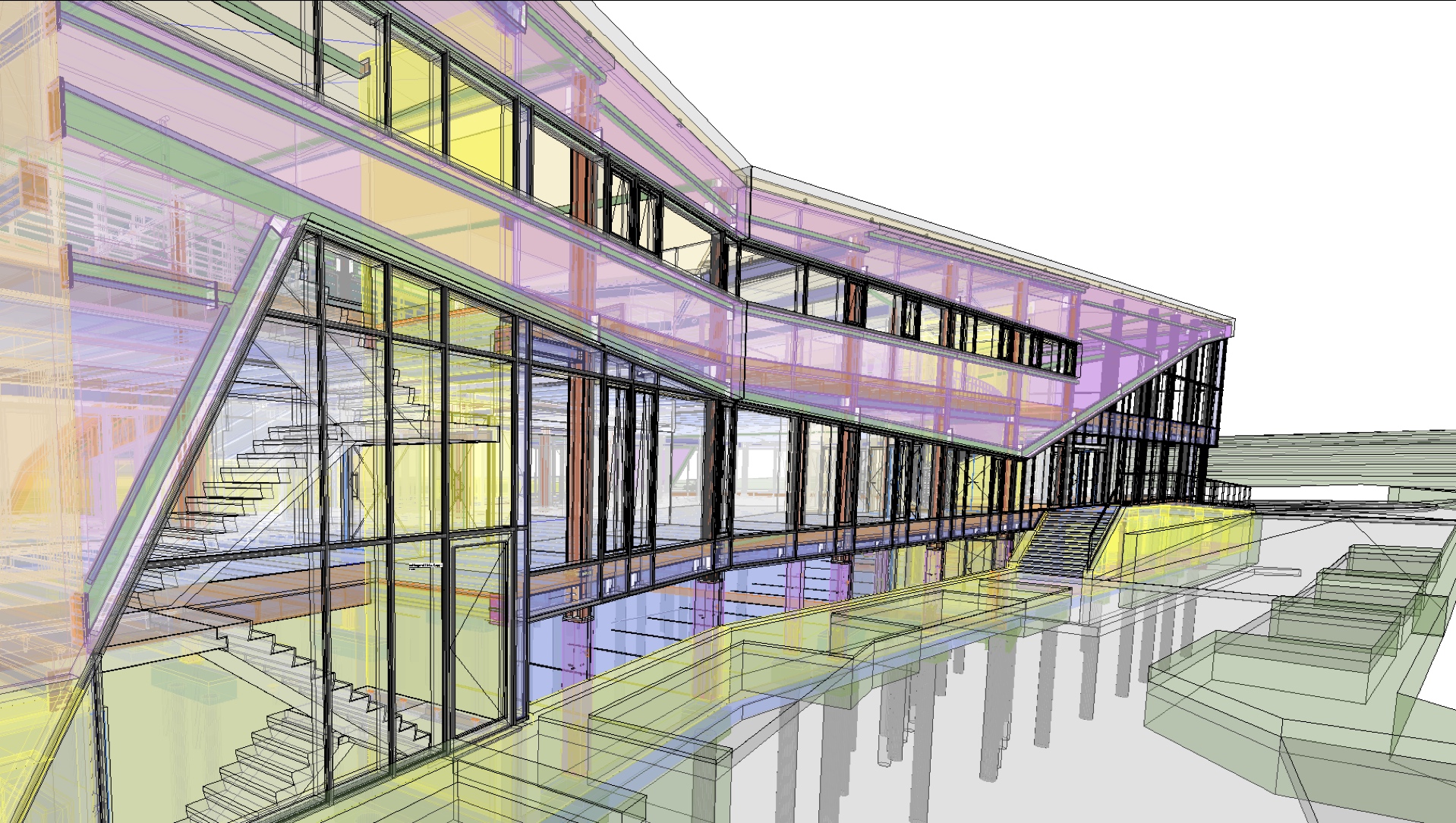
SUSTAINABLE DIGITIZATION IN CONSTRUCTION & FACILITY MANAGEMENT
“To accelerate the adaption of technology in Organisations”
Digital demos
Images say more than words. Be amazed by the capabilities of the latest tools and techniques …
Read here
People & Process
Bringing people into the digital story is a growth process that is best tailored to the organization.
Read here
Growth Circle
Rome wasn’t built in 1 day. Make sure your organization is future proof. Choose digitalization that will make your company…
Read here
DIGITALIZATION NOT A GOAL BUT A NECESSITY
We can no longer avoid digitalization. We order packages online, we scan QR codes for the covidsafeticket. We even order our food through an app. But what does this lightning-fast evolution mean for companies? What benefits can organizations reap from the digital transformation? We see opportunities to increase efficiency, improve work comfort for employees and provide better service to customers.
For the construction industry, this means that the building process can run faster, construction errors are reduced and a more efficient and sustainable maintenance of buildings is possible.
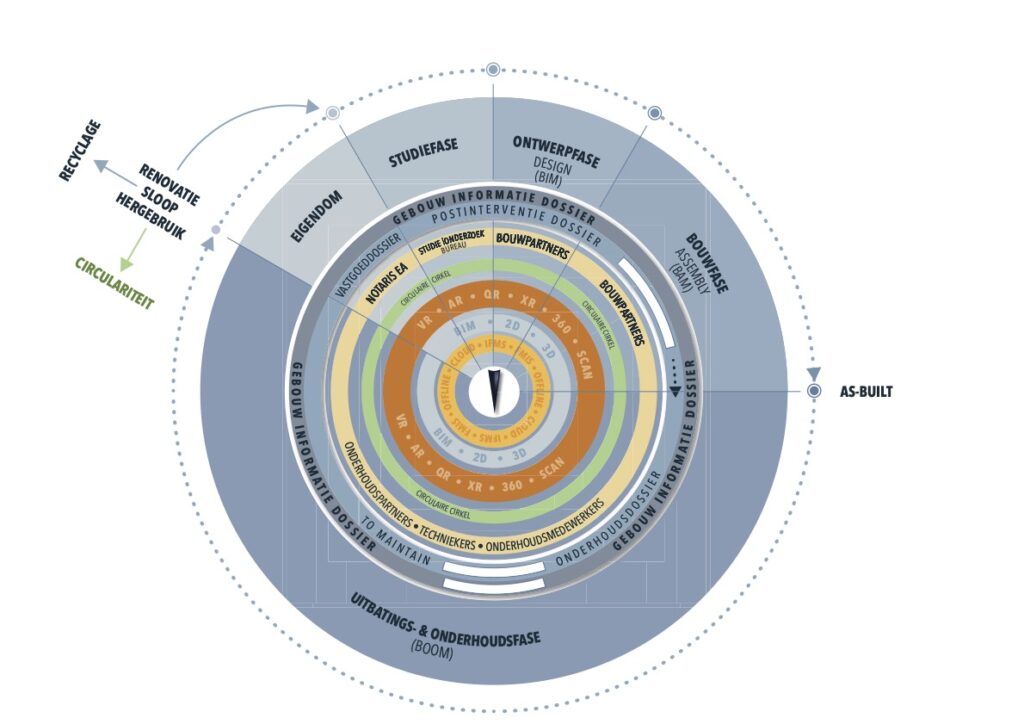
VISION
Our society is undergoing a tremendous transformation. The way we live and work is changing at a rapid pace. Change has become the only constant.
The way we work together and the tools we use to do so are in need of change. Within the construction industry this is no different, there are many challenges on the table. We are not only seeing the need towards sustainable building processes and materials. The biggest cost of a building is in its maintenance. A well-considered and future-proof digitalization can contribute to more sustainability, cost efficiency and unburdening. Digitalization is therefore not an end in itself but supports the business processes towards better buildings, happier employees and satisfied customers.
COMMUNICATION
Between building partners
Construction information that becomes available during the building process is becoming more comprehensive. New techniques and more regulations are constantly emerging.
The client receives information during the construction process through multiple channels (mail, stick, paper, etc.) from the various construction partners, each with their own system or method. The most common problems that arise from this are: abundance of emails, incorrect versions, hard to find documents, construction errors and additional costs.
The biggest challenge for good communication between the construction partners is to optimize the Building Information Process so that the construction partners can be managed centrally with the right information available at the right time.
BIM BAM BOOM
Think now for later
Total cost of ownership (TCO) is the total cost of acquiring and owning a building (product or service) throughout its life cycle/use cycle. By visualizing the TCO, you can see that the biggest cost of a building is in maintenance.
BIM (Building Information Model), a 3D model (enriched with information) can add lasting value here. The 3D model of the architect can be used by the contractor to streamline the building process (BAM = Building Assembly Model) and add extra information. During the maintenance phase (BOOM = Building Operation Optimization Model) the model can be used as a management tool, for example for collecting reports, keeping track of guarantees and planning maintenance.
STOP SEARCHING START FINDING
What after the building phase?
Nevertheless, we note that this large amount of data still has some shortcomings to do efficient maintenance (BOOM phase).
The most common problems that arise from this are: document not available, incorrect version, difficult to find, ea. The findability of the information is the biggest challenge, especially when we look at the maintenance of buildings. If you want to use maintenance software (FMIS) optimally, you need the right information to control maintenance and make the data available to internal and external services.
There is a need for a file for the entire life cycle of a building from which you can filter the necessary information to create, for example, an As-built and/or Post Intervention and feed a maintenance file.


